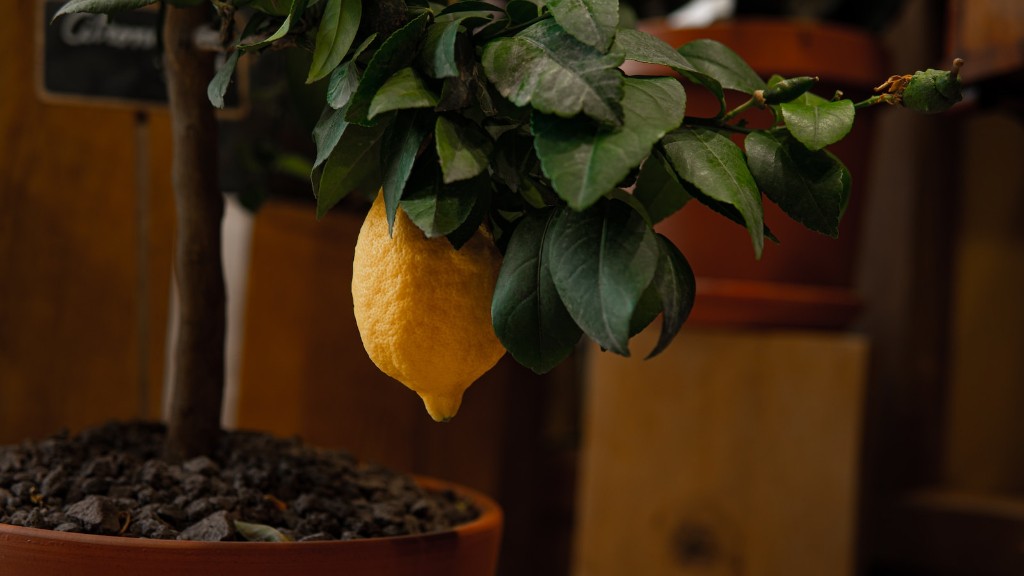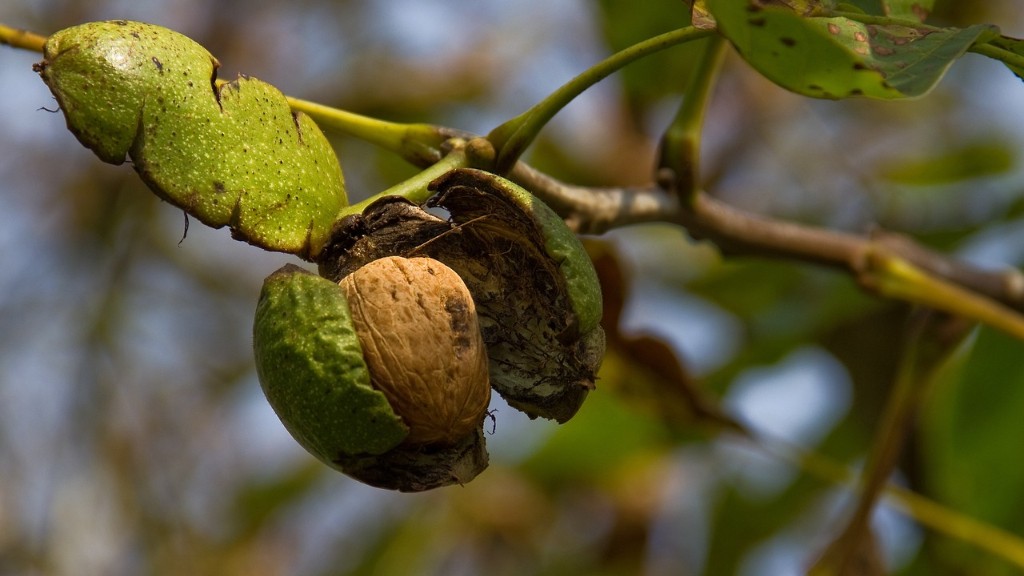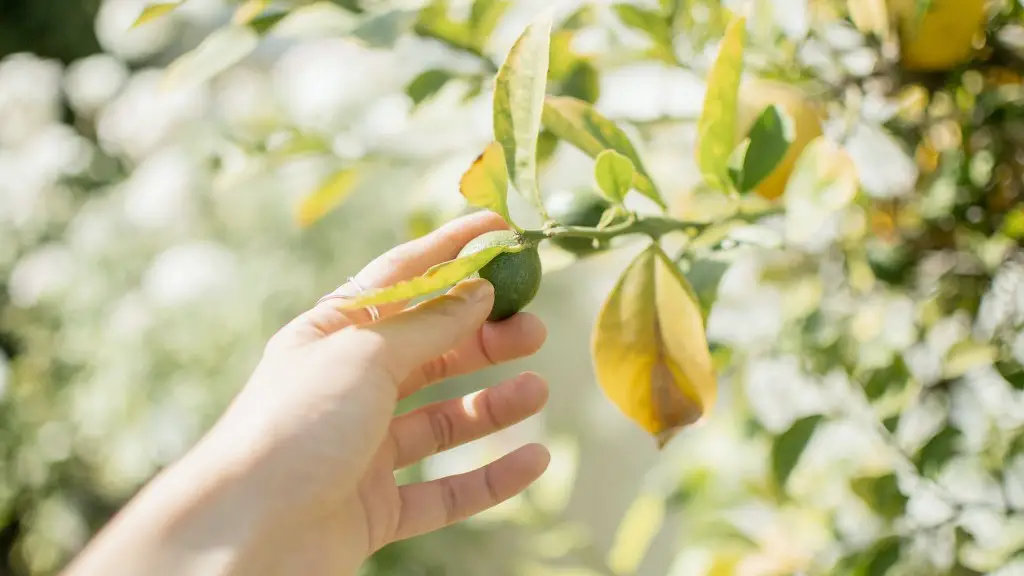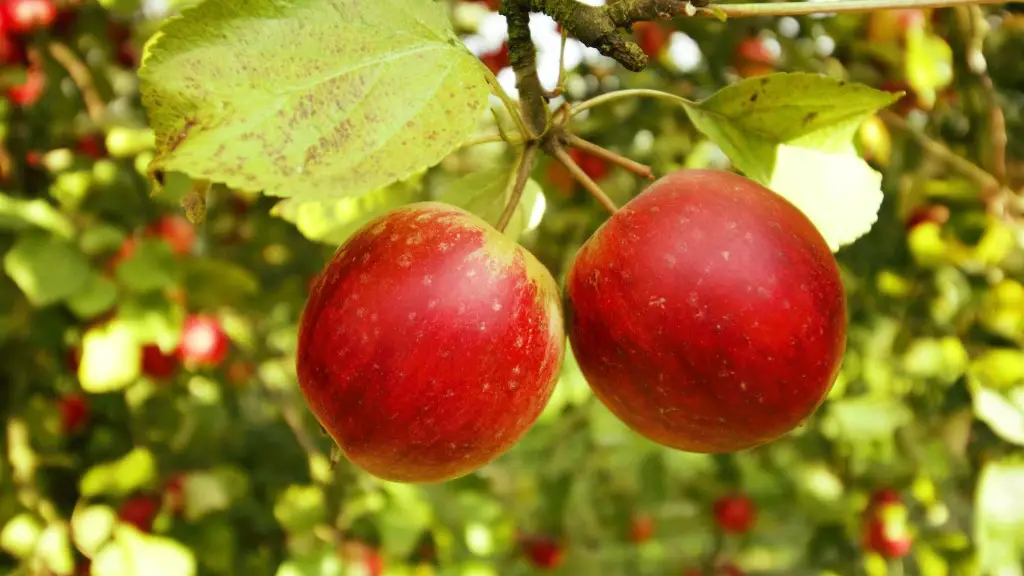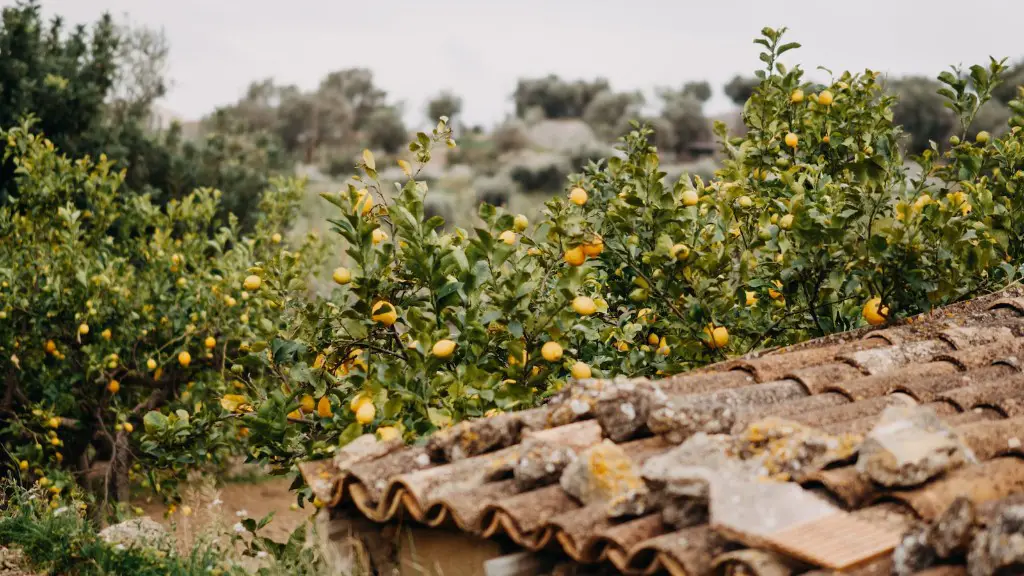If you want to enjoy the sweet and tart taste of lemons, having a meyer lemon tree in your home is a wonderful idea. Meyer Lemon trees are grown in containers and, with proper care, produce profusely. Here is how to properly care for one.
When you first get your meyer lemon tree, make sure it is securely placed in a large pot that has drainage holes at the bottom. Meyer lemon trees require lots of sunlight, so pick a sunny spot in your home to place the pot. Before putting the tree in the pot, enrich the soil with lots of organic material. This will enhance the trees growth potential immensely.
Give the lemon tree consistent water throughout the year. The soil should always remain moist, but it should not be soggy or damp. If the top of the soil feels dry, it’s time to water. Moreover, you’ll need to feed the tree regularly with a liquid fertilizer to ensure it gets the necessary nutrients, particularly in the warmer months.
Meyer Lemon trees are sensitive to cold, so it’s important to protect the tree when the temperatures dip. In the winter, raise the pot onto feet or blocks to reduce the chance of the soil freezing and causing the roots to rot. Also, make sure to wrap the branches of the tree in burlap and create a barrier from the cold.
As with all plants, pests can be a problem. Meyer Lemon trees are vulnerable to citrus leaf miner, mealybugs, and scale. You can use neem oil to deal with these pests quite effectively. While in bloom, check for ants and spider mites, and use a suitable insecticide if you find either.
When it comes time to harvest, be sure to do so gently. Meyer Lemon trees don’t ripen on the tree, so you can harvest the lemons any time they’re big and yellow. You’ll also need to prune the tree regularly to maintain its shape and size as well as to encourage growth.
Pruning the Tree Regularly
Pruning is one of the most important aspects of caring for a meyer lemon tree. The tree requires regular pruning in order to keep a balanced shape, improve flowering and yield, and to remove dead, diseased, or broken branches. Pruning also promotes new growth.
When pruning, be sure to use clean, sharp scissors or pruning shears. Cut away any dead wood, as well as overcrowded, crossing, or downward growing branches. Leave the top of the tree open for maximum light penetration. Also, leave some of the older wood intact for the fruit production. Don’t make drastic changes to the shape of the tree, as it can lead to health problems.
Pruning should be done at least two or three times each year. It is best to prune in late winter/early spring, when the tree is dormant and will heal quickly. Pruning at other times of the year can result in the sap running faster and thicker than normal, creating wounds that are slow to heal.
When you first begin pruning, never take off more than 20-25 percent at one time. This will give the tree a chance to adjust to the changes and also will help keep it from being too stressed. Lastly, avoid pruning or cutting into the bark of the tree, as this can introduce pests and diseases.
Maintaining the Soil Quality
As meyer lemon trees are grown in containers, it is important to make sure the quality of the soil is kept up. Regularly check the soil to make sure it is moist and well-aerated. If it is heavy and waterlogged, it could lead to root rot. Make sure to add organic material such as compost or mulch to the soil at least once a year.
Any time you water the tree, add fertilizer as well. Liquid fertilizer is best, as it is quickly absorbed by the tree. Avoid fertilizers that contain herbicides or slow-release formulas. Also, make sure not to over-fertilize the tree, as this can lead to burn the roots and make the leaves yellow.
It is also important to make sure the soil around the meyer lemon tree is free of weeds. Weeds can rob the soil of its nutrients and reduce the tree’s chance of producing fruits. Hand-weeding is usually the best option for larger containers. For smaller pots, you can use mulch to prevent weeds from sprouting.
Finally, periodically check the pH balance of the soil. Meyer lemon trees prefer a slightly acidic soil with a pH between 6.0 and 7.0. To test the soil, use a soil test kit or have the pH tested at your local nursery.
Repotting the Tree
Meyer lemon trees typically need repotting once every one to two years. This is important because the roots require new nutrients in order to grow and flourish. When deciding whether or not to repot the tree, check to see if it has become pot-bound – if roots are growing through the drainage holes at the bottom of the pot, then it is time to repot the tree.
When repotting, choose a pot that is slightly larger than the previous one and make sure it has drainage holes at the bottom. Put the tree in the new pot and fill it with fresh, well-draining potting soil. Use a long handled tool such as a garden trowel to loosen the roots and make sure they spread out evenly in the pot.
When the pot is filled with soil, water it thoroughly and then top it off with a nutrient-rich compost mulch. This will add extra nutrients to the soil and help retain the moisture. After repotting, be sure to give it lots of sunlight and water.
Protecting the Tree from Frost Damage
In areas that experience frost, Meyer lemon trees need to be well protected during the cold months. When temperatures are expected to dip below 25 degrees Fahrenheit, make sure to move the pot to a sheltered spot inside the home. If this is not possible, cover the tree with burlap and a tarp.
When temperatures dip suddenly, it can cause damage to the blossoms and foliage of the tree. To avoid frost damage, keep an eye on the weather forecast and take precautions to protect the tree when temperatures are expected to go below 25 degrees Fahrenheit. You can also use citric acid to help protect the tree from frost.
Lastly, when temperatures are low, keep an extra layer of mulch around the base of the tree. This will help keep the soil warm and provide insulation for both the tree and its roots.
Providing Adequate Nutrients
Meyer lemon trees require adequate nutrients in order to produce fruit. To provide the tree with exactly the nutrients it needs, use a fertilizer specifically formulated for citrus trees and apply it twice a year. The first application should be done in early spring, before the tree starts budding, and the second application should be done during the summer.
It is best to do a soil test to determine exactly what type of fertilizer your tree needs. Most garden centers will have soil testing kits. Make sure to add the appropriate fertilizer and adjust the amount according to the results of the test. A general rule of thumb is to add 0.75 pound of actual nitrogen per inch of diameter for each tree, once a year.
In addition to fertilizer, meyer lemon trees need calcium to help develop the fruit. There are specific calcium supplements designed for citrus trees that can be added to the soil to provide the necessary calcium. Apply the supplement twice a year in early spring and late summer.
For best results, it is recommended to use all-natural fertilizers, such as compost. Compost is rich in beneficial bacteria and fungi and will help give the soil the necessary nutrients for optimal growth. Spread a layer of compost around the tree before each application of fertilizer to enhance its effectiveness.
Controlling Diseases and Pests
Meyer lemon trees are susceptible to various diseases and pests. Common diseases include leaf spots, blight, rust, and root rot. To control and prevent these diseases, it is essential to keep the tree healthy and give it adequate care. This includes providing enough sunlight, water, and nutrients, and pruning the tree regularly.
In addition to diseases, meyer lemon trees can be subject to pests such as aphids, mealybugs, mites, and scale. Inspect the tree regularly, and if you notice any pests, use an insecticide and/or organic solution, as soon as possible. Regular applications of insecticidal soap and neem oil can help control pests and prevent the spread of infection.
Lastly, avoid using pesticides that contain toxic chemicals. These chemicals can be absorbed by the tree and cause serious damage to the fruit, foliage, and flowers. Organic solutions are a better option, and they don’t harm the tree or contaminate the soil.
